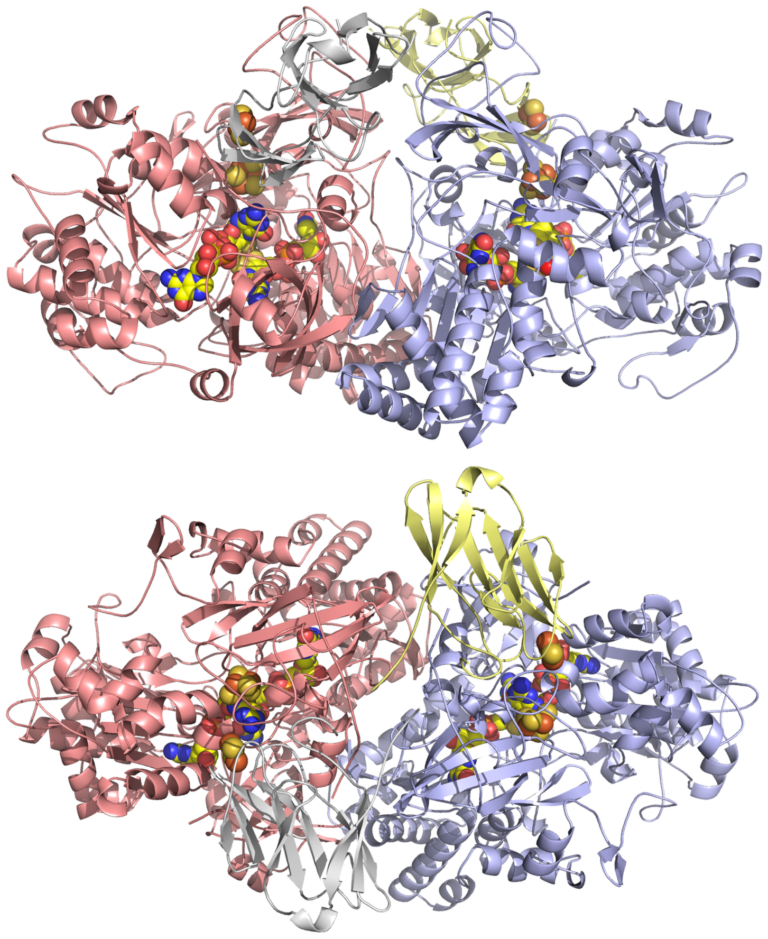
Microbial metabolism and its impact on the environment and human health
Our interest stems from the fact that microbes can use toxic substances such as arsenic for growth, by using arsenate as an electron acceptor (i.e., for respiration) or arsenite as an electron donor (with either oxygen or nitrate as an electron acceptor).
The areas we are interested in addressing are:
1. how do microbes use arsenic for growth (i.e. what is the mechanism)?
2. how is the metabolism regulated?
3. what is the role of these organisms in the cycling of arsenic?
4. what is the origin of the enzymes involved in the metabolism?
5. how can we use the metabolic enzymes for biosensors or organisms for bioremediation?

Selected publications
Electron transfer through arsenite oxidase: insights into Rieske interaction with cytochrome c
Watson, C., Niks, D., Hille, R., Vieira, M., Schoepp-Cothenet, B., Marques, A.T., Romao, M.J., Santos-Silva, T., Santini, J.M.
Biochimica et Biophysica Acta (BBA) - Bioenergetics (2017) 1858 (10):865-872
Isolation of an arsenate-respiring bacterium from a redox front in an arsenic-polluted aquifer in West Bengal, Bengal Basin
Osborne, T.H., McArthur, J.M., Sikdar, P.K., Santini, J.M.
Environmental Science & Technology (2015) 49 (7):4193-4199
Life in an arsenic-containing gold mine: genome and physiology of the autotrophic arsenite-oxidizing bacterium Rhizobium sp. NT-26
Andres, J., Arsene-Ploetze, F., Barbe, V., Brochier-Armanet, C., Cleiss-Arnold, J., Coppee, J.Y., Dillies, M.A., Geist, L., Joublin, A., Koechler, S., Lassalle, F., Marchal, M., Medigue, C., Muller, D., Nesme, X., Plewniak, F., Proux, C., Ramirez-Bahena, M.H., Schenowitz, C., Sismeiro, O., Vallenet, D., Santini, J.M., Bertin, P.N.
Genome Biology and Evolution (2013) 5 (5):934-953
